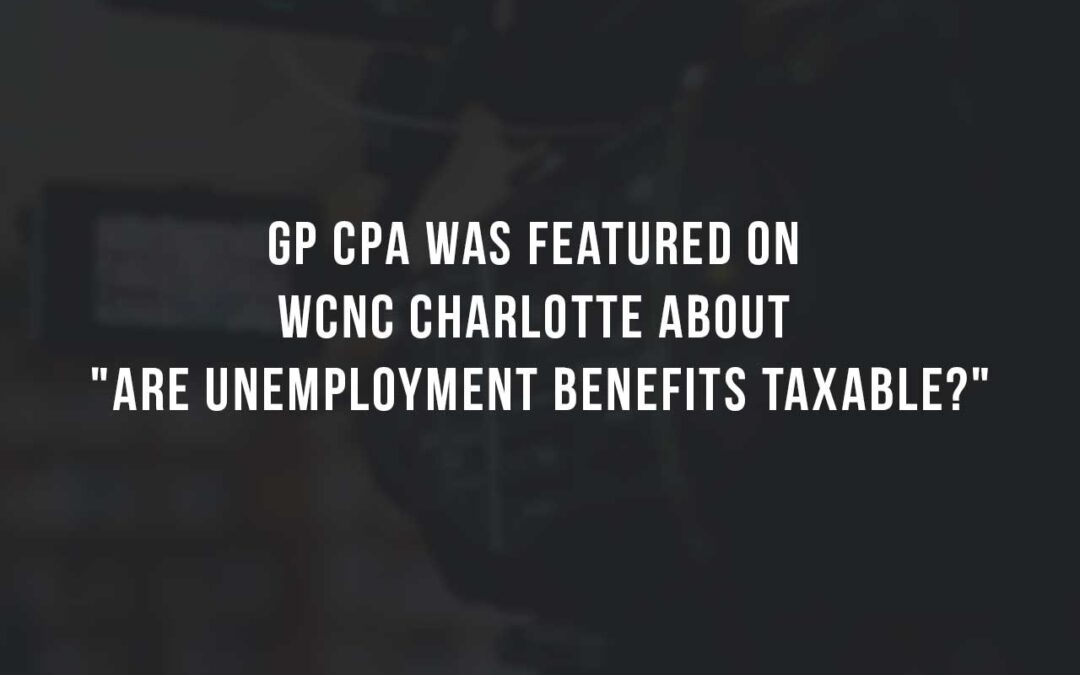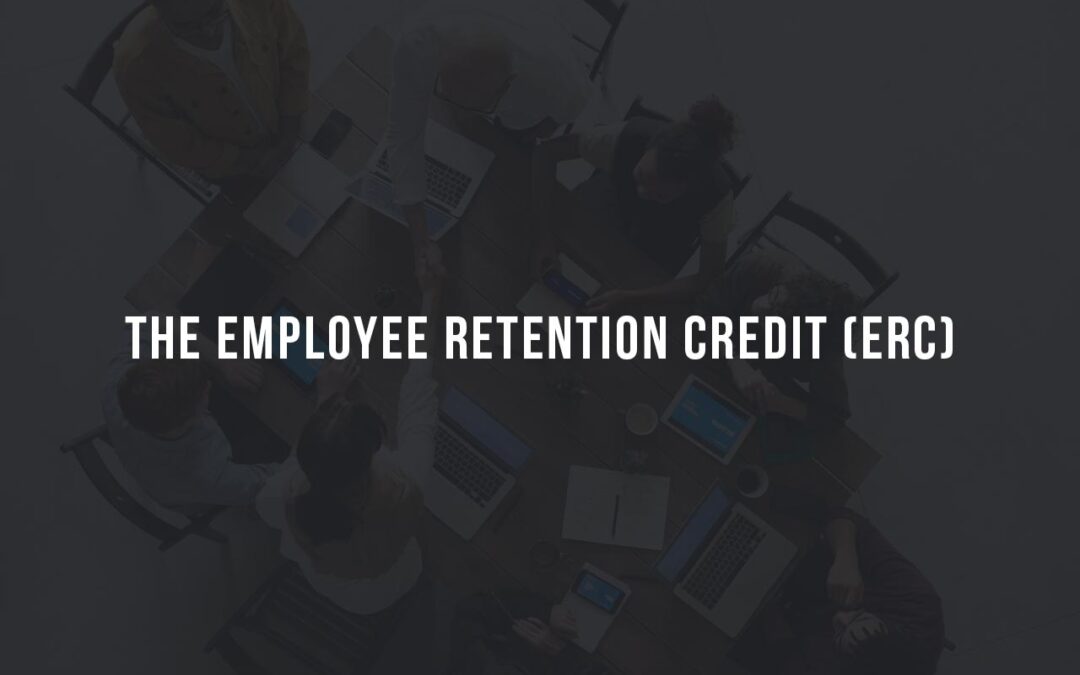CALL US
(980) 237-1714
Email us
justin@pruscpa.com
Friday 09:00 - 15:00
Mon - Thu 09:00-17:00
Drive Time Increases Odds of Deducting Rental Property Losses
Estimated Reading Time: 7 minutes 22 seconds
Your rental properties provide tax shelter when you can deduct your losses against your other income. One step to deducting the losses is to pass the tax code’s 750-hour test. And one step to finding the hours you need to pass the time test may be your drive times.
Trzeciak Case
Mariam Trzeciak owned, managed, and rented 14 single-family homes in and near Columbus, Ohio. She and her husband, Marc, on their joint tax returns claimed rental property losses of $126,376 and $151,884 in the two years that were subject to this IRS audit.
The IRS revenue agent assigned to examine the Trzeciaks’ returns disallowed the losses as passive losses, claiming that Mariam did not qualify as a real estate professional because she could not count her drive time from her home near Dayton to Columbus, where the properties were.
It took Mariam’s CPA, who prepared her returns and assisted with the audit, and then her lawyers almost three years to surface the home-office deduction as the savior. Once it surfaced, the IRS allowed the drive time, and that allowed Mariam to deduct her rental property losses of $126,376 for year 1 and $151,884 for year 2.
Leland Case
In Leland, Clarence McDonald Leland traveled 13 to 16 hours from Mississippi to Texas and back several times each year to perform necessary work on his 1,276-acre farm in Turkey, Texas.
The court noted that the IRS did not object to the inclusion of the travel time in determining Clarence’s participation in the farm. And the court went on to say: “The facts of this case establish that petitioner’s [Clarence’s] travel time was integral to the operation of the farming activity rather than incidental.”
Leyh Case
The Leyh case involved Richard Leyh and Ellen O’Neill. Ellen owned 12 rental properties in Austin, Texas, about 26 to 30 miles from her home at a ranch in Dipping Springs, Texas.
Ellen and Richard deducted a $69,531 loss from their rental operations. The IRS said no because Ellen, without inclusion of her drive time, failed the 750-hour test to establish herself as a real estate profession
The sole question that the court had to address was whether Ellen could include her drive time from her home to the rentals as rental property time. Interestingly, she failed to include her travel time in her well-kept log of time and had to reconstruct that travel time for the court.
The court ruled that her reconstruction of the travel time to and from the properties was adequate and ruled that she and Richard could deduct her $69,531 in rental losses on their joint tax return.
What You Should Do
Take the steps necessary to make your rental property drive time count as material participation time. The first step is to keep an accurate log of the time that you spend on your rentals (yes, we know this is a pain—but suffer a little and just do it).
Audit-Proof Your Time Spent on Rental Properties
If you claim status as a tax law–defined real estate professional who can deduct his or her rental property losses, your time record for the year must prove that you spent
- more than one-half of your personal service time in real property trades or businesses in which you materially participate, and
- more than 750 hours of your personal and investor services time in real property trades or businesses in which you materially participate.
If you are married, either you or your spouse must individually qualify as a real estate professional. If one spouse qualifies, both spouses qualify.
Achieving real estate professional status is the first of two steps. You face one additional hurdle. To deduct tax losses on a rental, you also must prove that you materially participated in the rental activity. If you are married, you and your spouse may count your joint efforts toward passing the material participation tests. Most of the tests for material participation are based on hours worked.
What Does This Mean to You?
In simple terms: keep a time log. In an audit of your real estate activity, the IRS tells its examiner:
Request and closely examine the taxpayer’s documentation regarding time. The taxpayer is required under Reg. Section 1.469-5T(f)(4) to provide proof of services performed and [of] the hours attributable to those services.
If you don’t have what the IRS wants, your odds of winning your rental property tax loss deductions are slim, if that. And don’t think you can create this log after the fact. Most everyone who spends the considerable time it takes to jump through the hoops to create an after-the-fact log of hours using the IRS spreadsheets loses the deductions.
Changes to Net Operating Losses After Tax Reform
Tax reform made many good changes in the tax law for the small-business owner. But the changes to the net operating loss (NOL) deduction rules are not in the good-changes category. They are designed to hurt you and put money in the IRS’s pocket.
Now, if you have a bad year in your business, the new NOL rules are designed to stop you from using your business loss to find some immediate cash. The new (let’s call them bad-for-you) rules certainly differ from the prior beneficial rules.
Old NOL Rules
You have an NOL when your business deductions exceed your business income in a taxable year. Before tax reform, you could carry back the NOL to prior tax years and get refunds of taxes paid in those prior years.
Alternatively, you could have elected to waive the NOL carryback and instead carry forward the NOL to offset some or all of your taxable income in future tax years.
New NOL Rules
Tax reform made two key changes to the NOL rules:
- You can no longer carry back the NOL (except for certain qualified farming losses).
- Your NOL carryforward can offset only up to 80 percent of your taxable income in a tax year.
The changes put more money in the IRS’s pocket by
- eliminating your ability to get an immediate tax benefit from your NOL carryback, and
- delaying your ability to get tax benefits from future NOL carryforwards.
We are bringing the NOL rules to your attention in case you need to do some planning with us. We likely have some strategies that can help you realize some immediate benefits from your business loss.
Take Money Out of Your IRA at Any Age Penalty-Free
You probably think you can’t take money out of your IRAs before age 59 1/2 unless you meet a narrow exception to the unpleasant 10 percent penalty on early distributions. But that’s not true. We have a variety of planning opportunities here.
For example, you don’t pay taxes or the 10 percent penalty on amounts you withdraw that you previously contributed or converted to the Roth IRA. These amounts are your “basis” in the Roth IRA. (Remember, you funded your Roth IRA with after-tax money!)
The law says Roth distributions come out in the following order:
- regular contributions,
- rollover contributions, and finally
- earnings.
Example. Jane opened her Roth IRA in 2002. She contributed $30,000 over the life of the Roth IRA. Today, the account is worth $50,000. Jane can withdraw up to $30,000 tax-free and penalty-free regardless of her age.
If you made nondeductible contributions to a traditional IRA, then you have “basis” in all your traditional IRAs. With basis, you have some planning opportunities with your business’s qualified plans, such as your 401(k).
And then, on a totally different front, there’s a little-known escape from the 10 percent penalty, called the substantially equal periodic payment exception. It allows you to create a stream of penalty-free traditional IRA distributions starting at any age for any reason.
You have to continue the substantially equal periodic payments for at least five years or until you reach age 59 1/2, whichever is later. As you can see from the above, you can touch your IRA accounts before age 59 1/2 without a special reason.
Related Articles

GP CPA was featured on WCNC Charlotte about “Are Unemployment Benefits Taxable?”
We are glad to inform you that Justin Prusiensky, Chief Executive Officer of the GP CPA P.C. was featured on WCNC Charlotte coverage about “Are Unemployment Benefits Taxable”.

The Employee Retention Credit (ERC)
The Employee Retention Credit (“ERC”) has had some upgrades and retrofits to some of the basic calculations with the most recent (12.27.20) CARES Act changes.

Good Riddance, 2020
What is new in 2021? Meals in 2021 are once again 100% deductible, the next round of PPP funding is coming and the Employee Retention Credit (ERC) has been changed.

How to Persuade Clients to Change Banks. Listen to Justin Prusiensky’s Guest Appearance on the Relay Financial Webinar
Our expert accountant Justin Prusiensky was recently interviewed as a guest speaker by Relay Financial to discuss how to persuade clients to change banks.

What Tax Breaks Changed From 2018?
Congress extended some of the tax breaks retroactively to January 1, 2018. They now expire on December 31, 2020. Learn more about tax breaks that have been extended.

Dear Client, I have good news!
Since we now have less than 90 days left in the year, kindly keep me apprised of when you expect the major revenue collections to be during the next few weeks and we can adjust accordingly.
Comments


0 Comments